Description
Methanol: A Versatile Chemical with a Complex Reputation
Methanol, also known as methyl alcohol, wood alcohol, or wood naphtha, is a fundamental chemical building block with a wide range of applications across various industries. This colorless liquid, with a slightly sweet odor, plays a critical role in the production of fuels, plastics, pharmaceuticals, and more. However, methanol’s toxicity necessitates careful handling and a thorough understanding of its properties and potential dangers.
What is Methanol?
Methanol is a simple alcohol with the chemical formula CH3OH. It’s the simplest alcohol, consisting of a methyl group (CH3) linked to a hydroxyl group (OH). Historically, it was produced through the destructive distillation of wood, hence the name “wood alcohol.” Today, most methanol is synthesized industrially from synthesis gas, a mixture of carbon monoxide, carbon dioxide, and hydrogen. This synthesis process typically involves passing the gas mixture over a catalyst at high temperature and pressure.
A Versatile Chemical Backbone:
Methanol’s versatility stems from its ability to be easily converted into other valuable chemicals. Some of its key applications include:
- Fuel: Methanol is used as a fuel additive to increase octane and reduce emissions. It can also be blended with gasoline to create fuel blends like M85 (85% methanol, 15% gasoline), which are used in some flexible-fuel vehicles. More recently, it’s gaining traction as a potential fuel for marine and heavy-duty applications.
- Formaldehyde Production: A significant portion of methanol production is dedicated to formaldehyde, a key ingredient in resins used in the adhesives for plywood, particleboard, and other wood products.
- Solvent: Methanol serves as an excellent solvent for various organic compounds, making it valuable in industries like pharmaceuticals, paints, and cleaning products.
- Antifreeze: It’s used in antifreeze solutions, although ethylene glycol is more commonly preferred due to its lower toxicity.
- Biodiesel Production: Methanol is a crucial component in the transesterification process used to convert vegetable oils and animal fats into biodiesel.
- Production of other Chemicals: Methanol is a precursor to various other chemicals, including acetic acid, methyl tertiary butyl ether (MTBE, a gasoline additive), and dimethyl ether (DME, a potential alternative fuel).
The Dark Side: Toxicity and Safety Concerns:
Despite its utility, methanol is highly toxic and poses significant health risks. Ingestion, inhalation, or even absorption through the skin can lead to serious health consequences, including:
- Blindness: Methanol is metabolized in the body to formaldehyde and formic acid, which can damage the optic nerve, leading to permanent blindness.
- Organ Damage: It can also cause damage to the liver, kidneys, and brain.
- Death: Ingestion of even small amounts can be fatal.
Due to its toxicity, methanol is often denatured by adding a small amount of another substance, such as ethanol or isopropyl alcohol, making it unfit for consumption. This denatured alcohol is often labeled as “denatured alcohol” or “surgical spirit.”
Safe Handling and Future Prospects:
The safe handling of methanol is paramount. Proper ventilation, protective equipment (gloves, eye protection, and respirators), and strict adherence to safety protocols are essential in any environment where methanol is used. In case of accidental exposure, immediate medical attention is crucial.
Despite the risks, methanol remains a vital chemical. Ongoing research focuses on:
- Improving Production Processes: Development of more efficient and sustainable methods for methanol production, potentially utilizing renewable resources like biomass or captured carbon dioxide.
- Exploring New Applications: Investigating new applications for methanol in areas like energy storage, fuel cells, and advanced materials.
- Developing Safer Handling Practices: Continuously improving safety protocols and technologies to minimize the risk of exposure and accidents.
Conclusion:
Methanol is a powerful and versatile chemical with a wide range of industrial applications. Its ability to be converted into other valuable chemicals makes it a cornerstone of modern manufacturing. However, its inherent toxicity necessitates careful handling and a commitment to safety. By acknowledging the risks and implementing robust safety measures, we can harness the benefits of methanol while minimizing the potential for harm and paving the way for a more sustainable future.

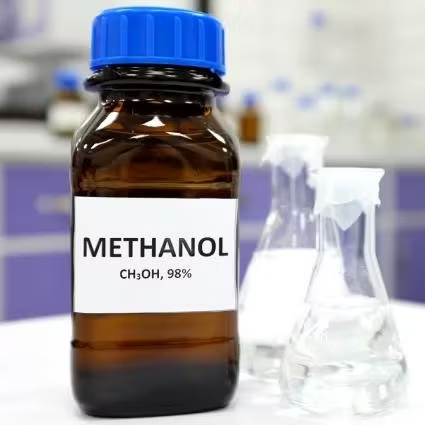
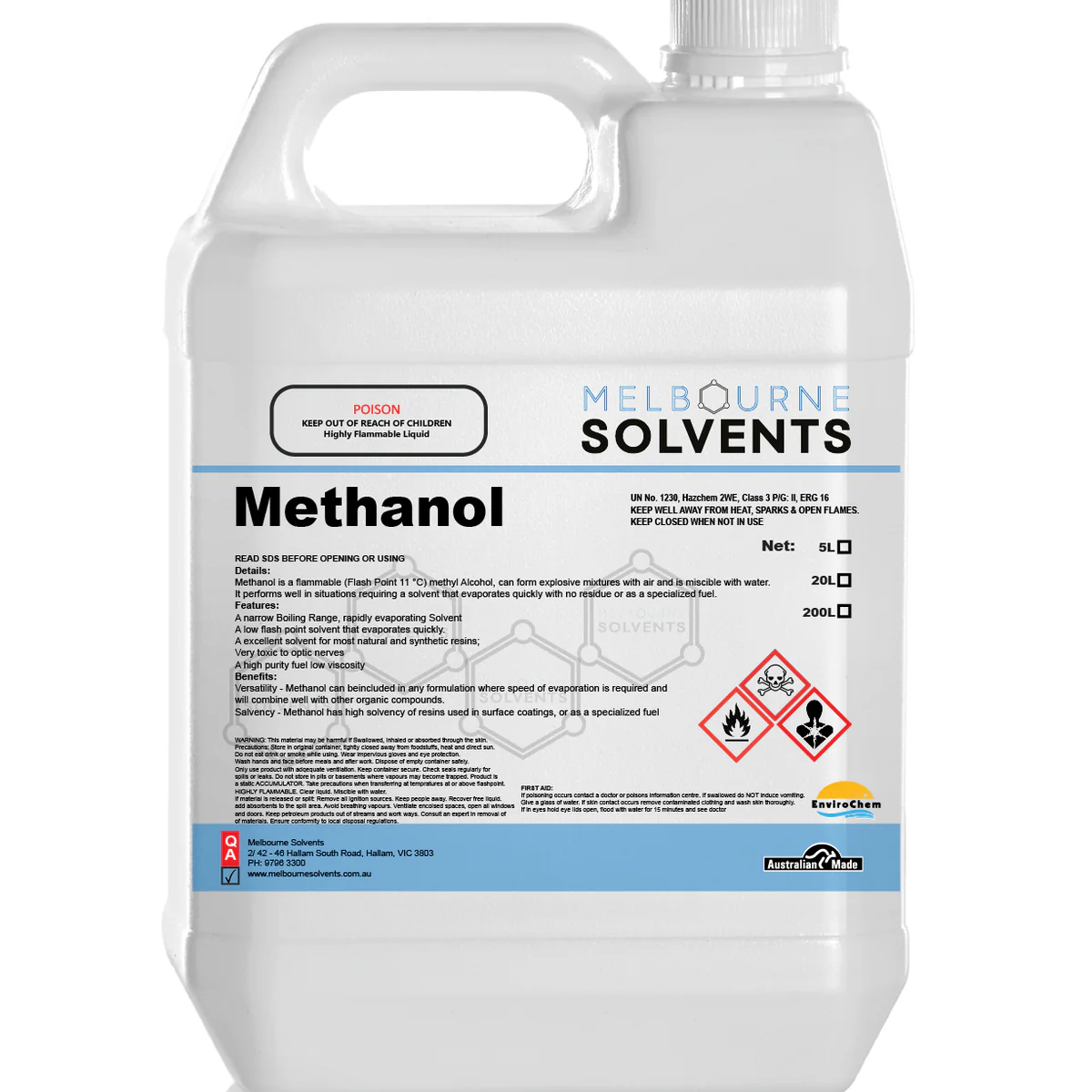
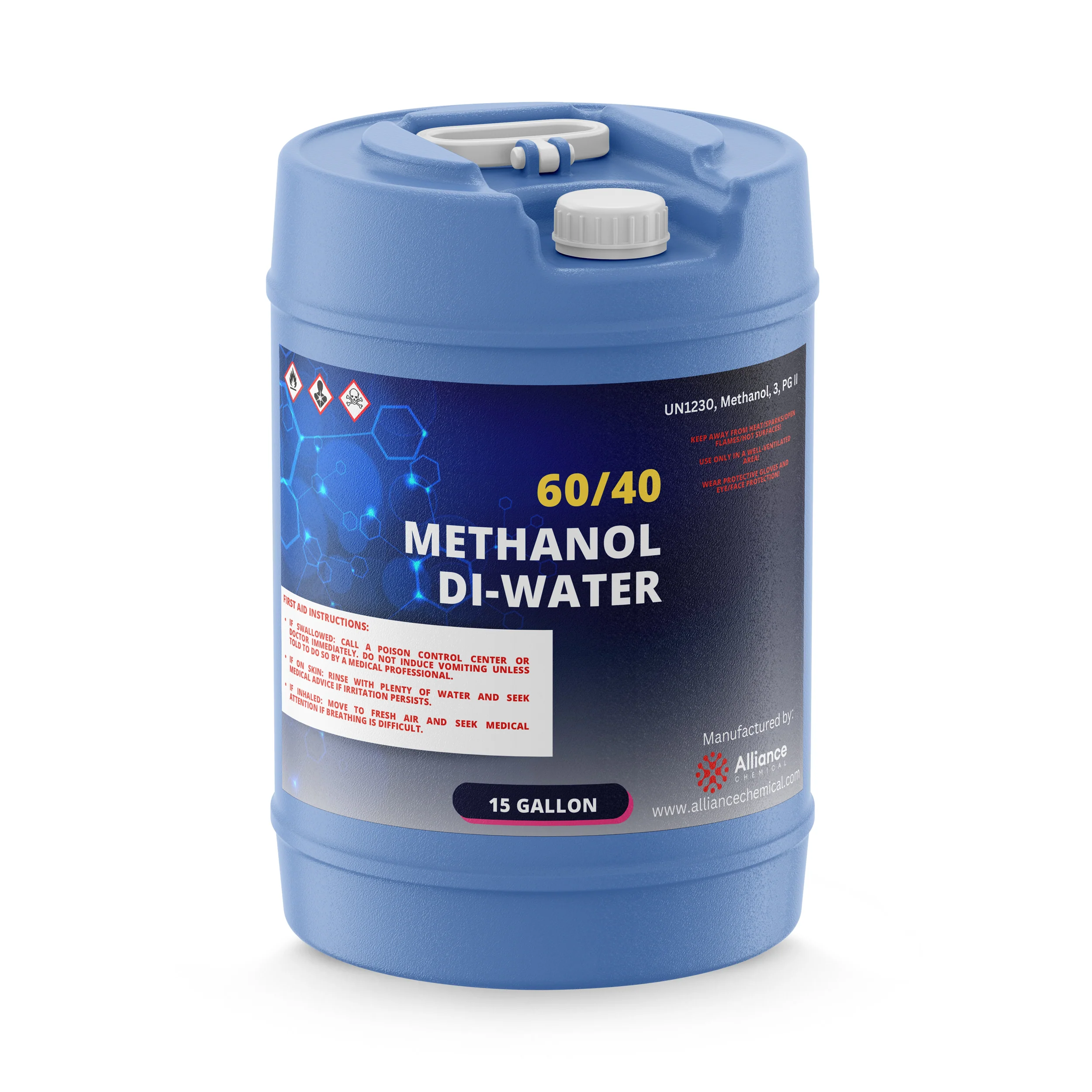
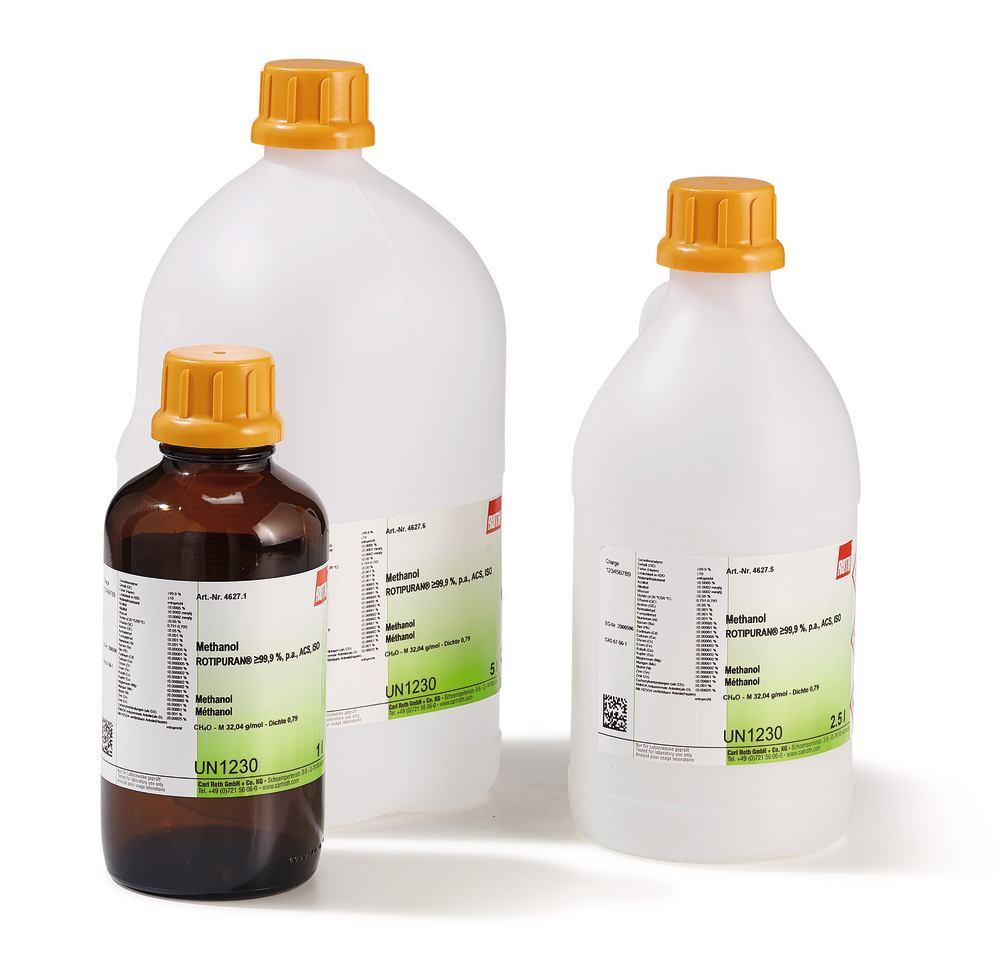
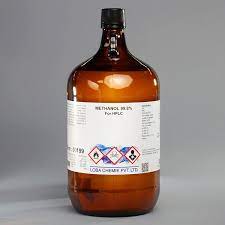
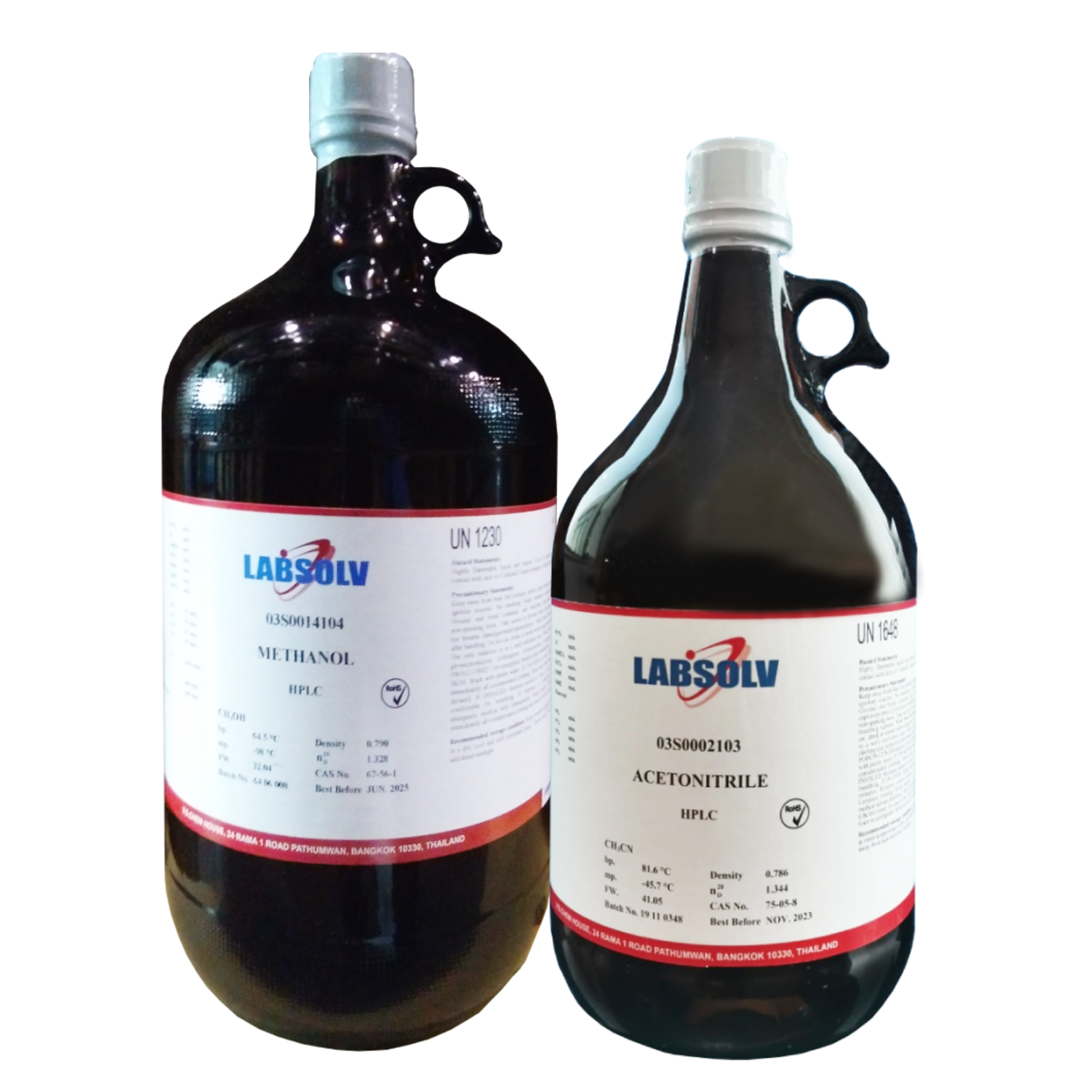
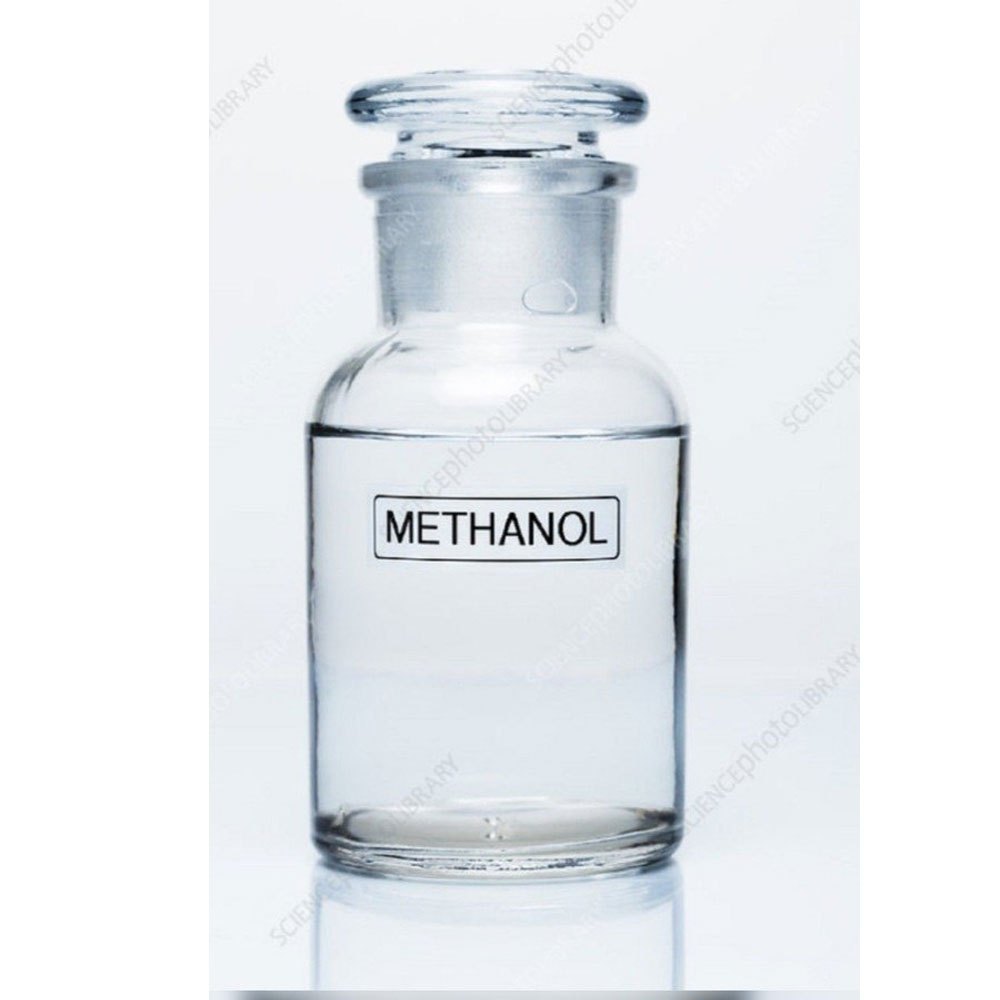
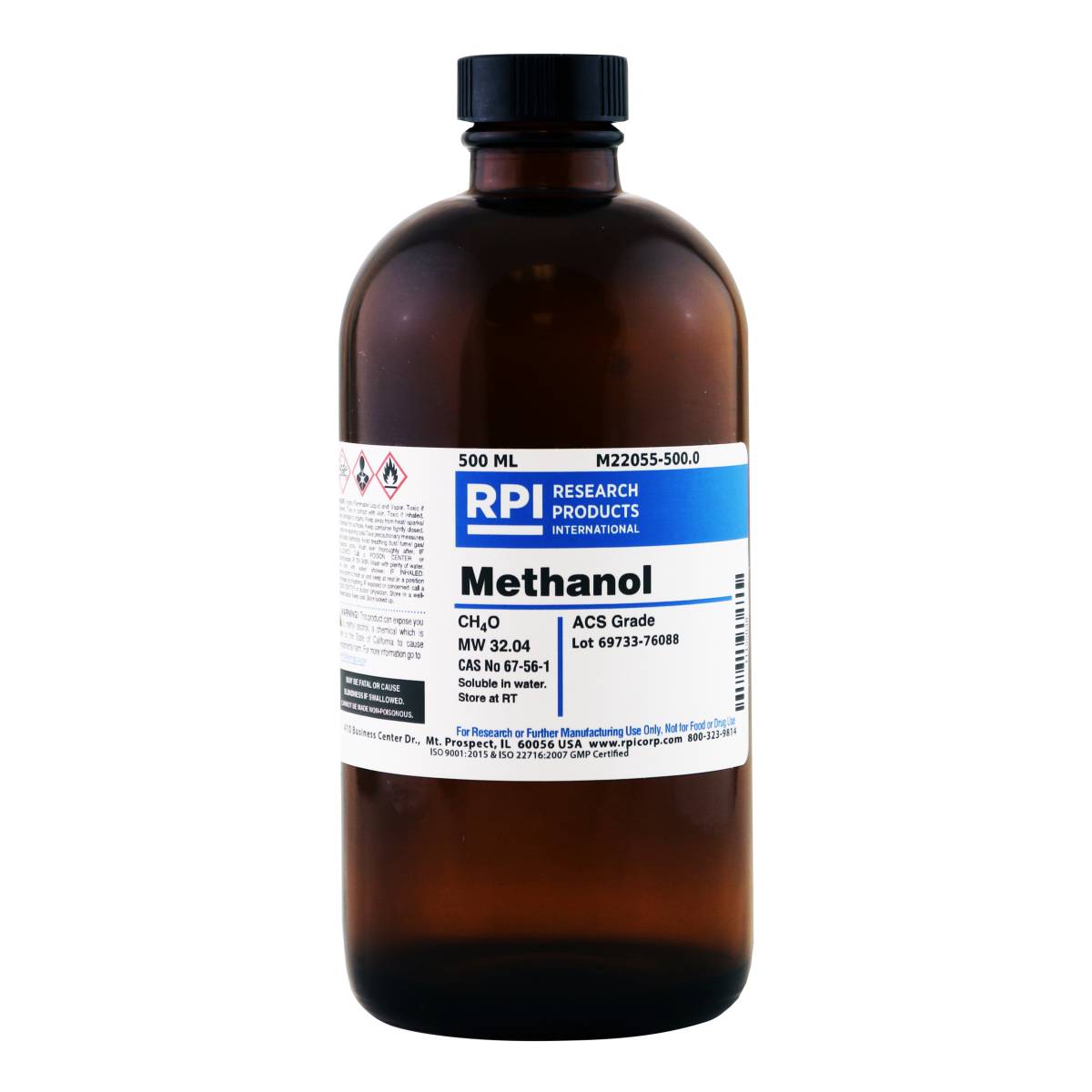
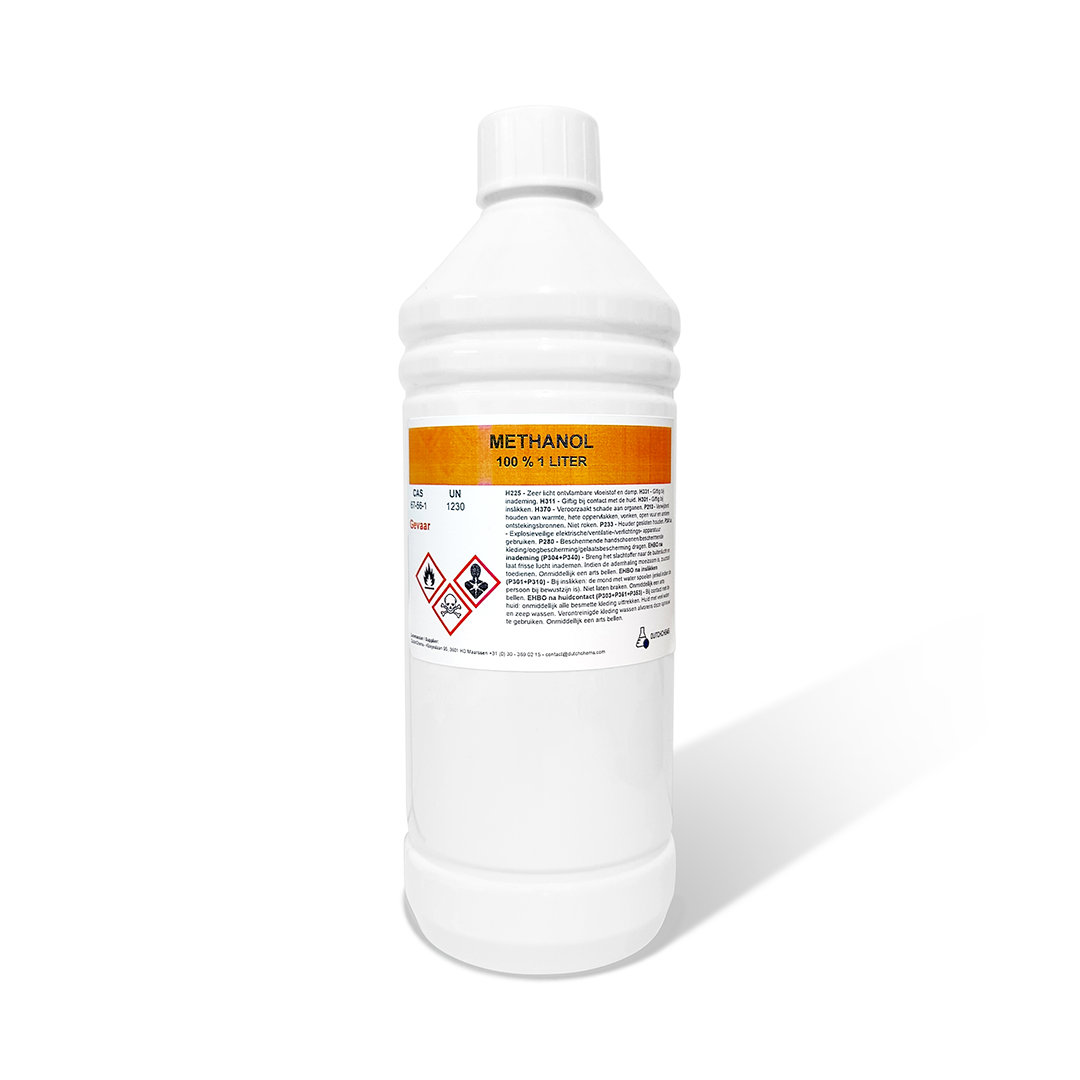
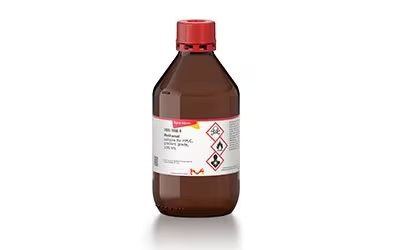
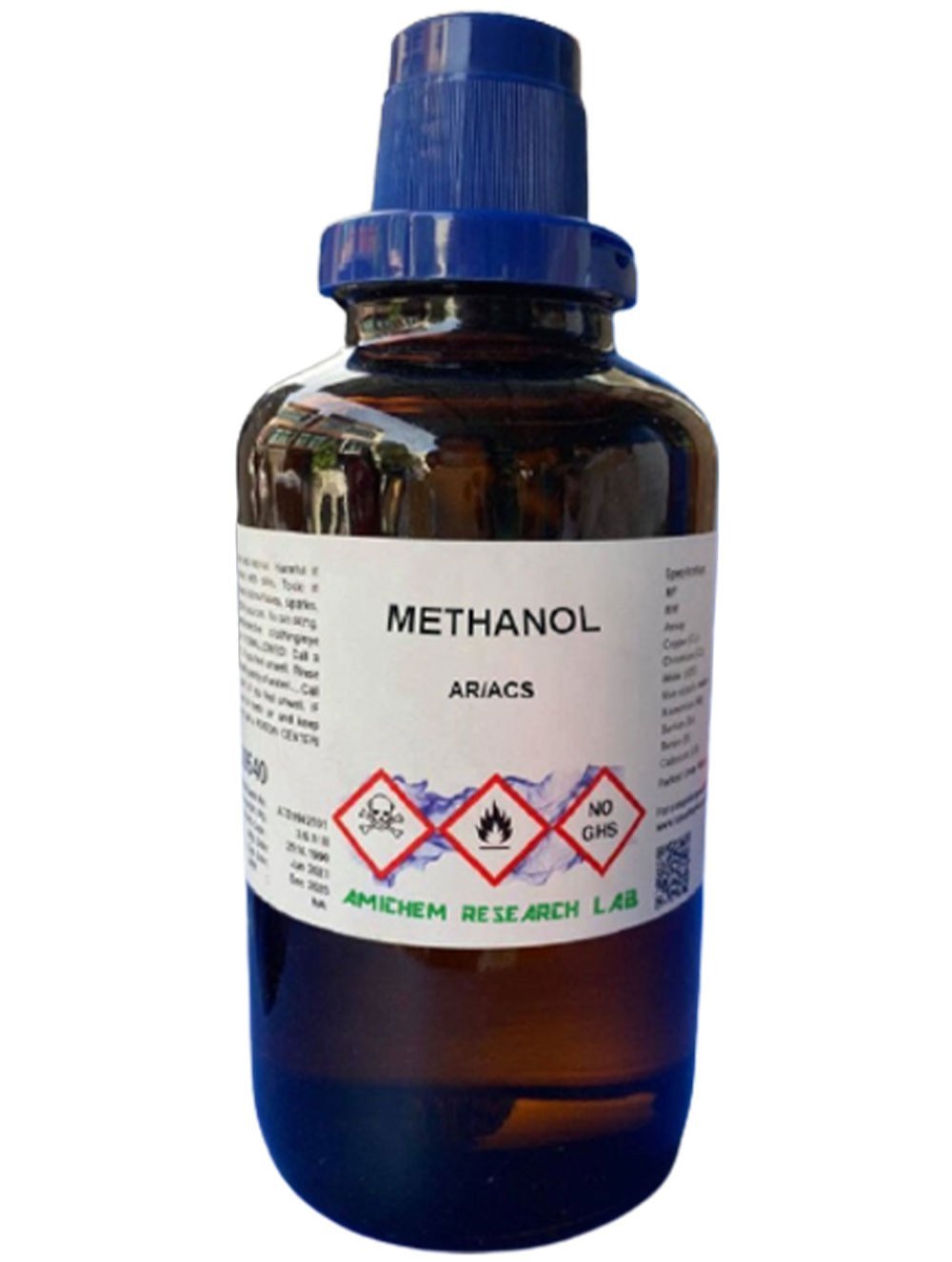
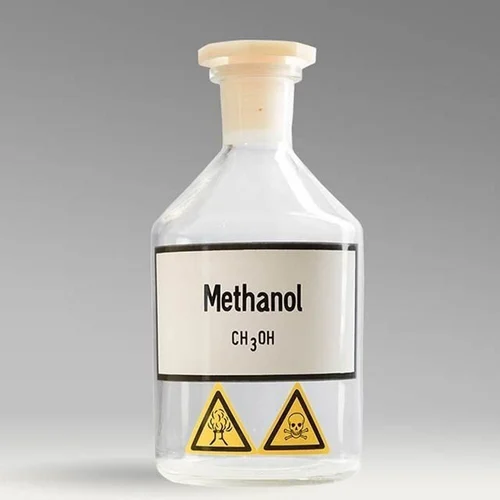
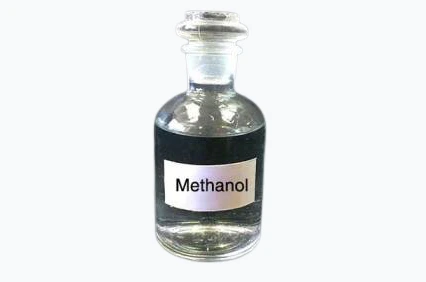
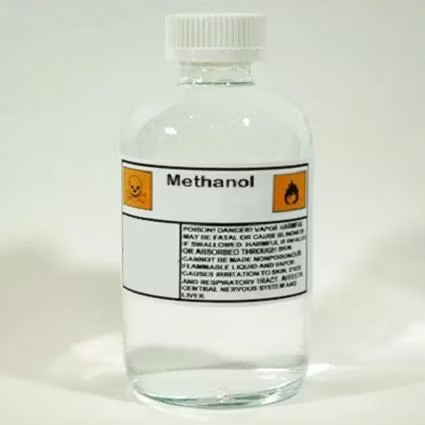


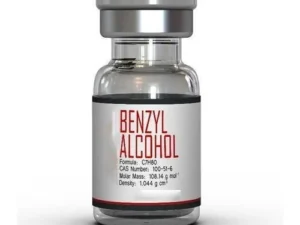
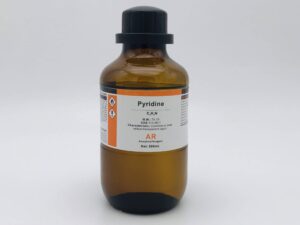
Reviews
There are no reviews yet.